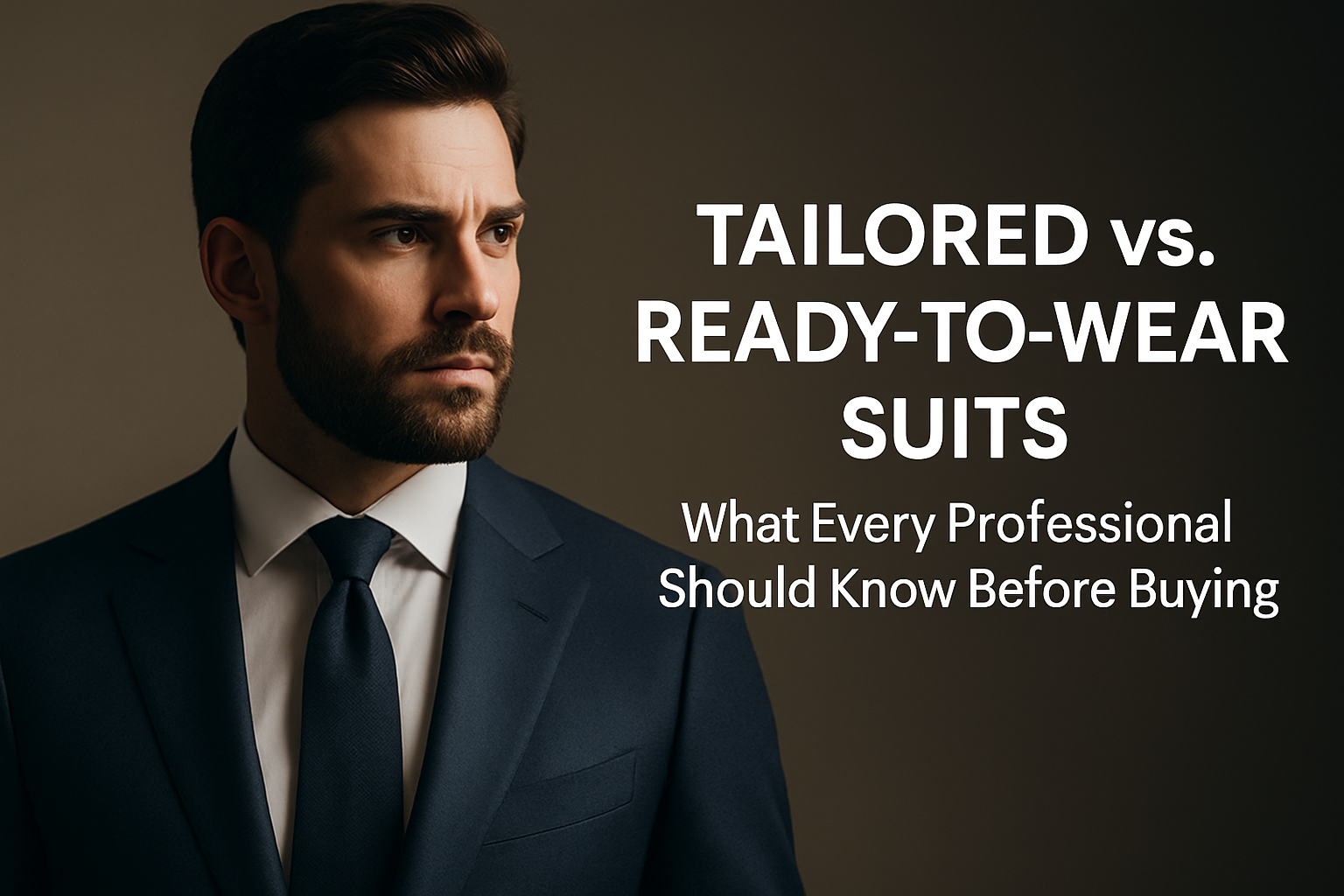The 5-Minute Audit: Is Your Funnel Costing You Growth?
You don’t need more leads.You need a funnel that actually moves them forward. Most business owners assume their funnel is “fine.”But fine doesn’t scale. And “fine” is often where growth goes to die. This post is a funnel audit checklist you can run in under 5 minutes.No tools. No dashboards. No agency required. If you’re … Read more



